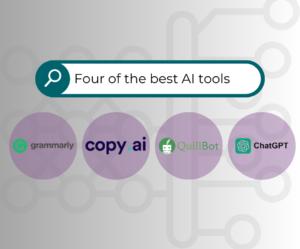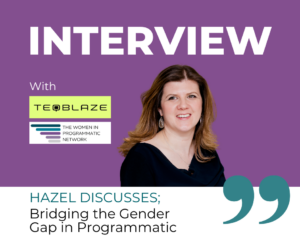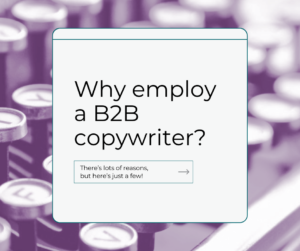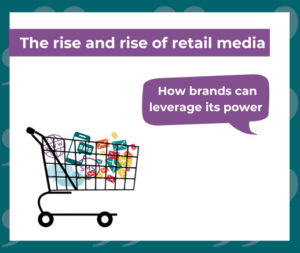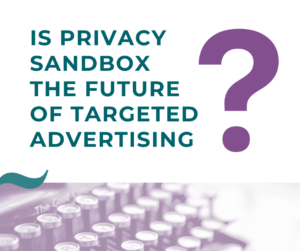The third-party cookie has enabled marketers to serve targeted online ads for the last two decades, allowing websites to remain free, while ensuring content publishers are paid for their work.
But now, in response to privacy concerns and new regulations, web browsers are quickly deprecating these snippets of code. Apple blocked third-party cookies by default in Safari, while in January, Google announced a complete replacement in Chrome by 2022.
Despite this, the majority of digital advertising still relies on them. In response, we recently spoke to leading industry experts about the future of the ad tech ecosystem. We asked: how smaller publishers in particular can adapt.
Here’s what we found:
Dare to diversify
There isn’t yet a predominant replacement for third-party cookies, so we don’t know where (or when) the industry will settle. In the meantime, there’ll be a fracturing of ad tech. The key strategy for publishers during this transition phase will be to sell ad inventory in multiple different ways.
The most promising solutions avoid falling foul of both data laws and privacy-conscious tech developments:
Subscriptions. While this may be supplemental to ad revenue for smaller publishers, it’s crucial to renew focus on building a first-party subscription base. The advice from industry leaders is to offer a value exchange and make users feel like an exclusive member of a club.
Contextual intelligence. Contextual targeting serves ads based on the content of the webpage (e.g., training shoes on a fitness forum), whereas behavioural targeting uses individuals’ browsing activity. Although behavioural targeting has come to dominate the web, there’s little evidence that it improves revenues. Meanwhile, AI and machine learning have drastically improved contextual methodology, earning it the moniker ‘contextual intelligence’. Many industry leaders think it’s worth betting on this supercharged comeback.
Data clean rooms. These are a legally compliant and accurate way for publishers to continue using behavioural targeting. They can compare their first-party visitor data with those in ‘walled gardens’, e.g., Google and Facebook, to optimise ad matching. However, clean rooms can be expensive and therefore not necessarily viable for publishers with smaller datasets.
Edge Computing. Marking the age of “zero party” data, this data-conservative approach is becoming a popular way for publishers to sell remaining inventory.
Data is collected and analysed directly on the user’s device, rather than on a server, which allows publishers to serve behavioural ads while completely respecting the user’s privacy.
Test and test again
With so many options available, validating their effectiveness will be just as important. Chris Hogg, EMEA Managing Director at data management platform, Lotame, stresses that now is the time to start testing.
“Test solutions and strategies while third-party cookies are still around to compare against. Ask for proofs of concept around Safari and Firefox inventory. The fact we don’t have cookies in some of the other browsers presents a good opportunity for publishers to test out solutions and tactics today rather than later.”
Consequently, publishers will need to be far more involved when it comes to their audience data. Mattia Fosci, Founder and CEO of edge computing solution, ID Ward, urges smaller content providers to approach data analysis with both partnerships and off-the-shelf technology.
“While it may not be viable to hire a full-time data analyst, don’t underestimate the importance of analysis on your bottom line. Publishers should have more control of their audience data, but they do not need to build their own in-house solutions… Instead, publishers should work with partners that protect and enhance their relationship with their own audiences.”
Turn obstacles into opportunity
While ad tech’s brave new world is an uncertain place, one thing’s for sure – it puts publishers in a much stronger position than before. As David Reischer, Head of Product at edge computing solution, Permutive, explains, “The death of the cookie is a huge opportunity for publishers to course correct on what has happened, with their data being aggregated at scale, repacked and sold as audiences or models.”
Now, publishers can use their first-party data to bring brands even closer to audiences. By being prepared, respecting privacy, and fostering user loyalty, the entire industry stands to benefit from the change.
Head over to What’s New in Publishing to download the full report.
Image courtesy of Pezibear


